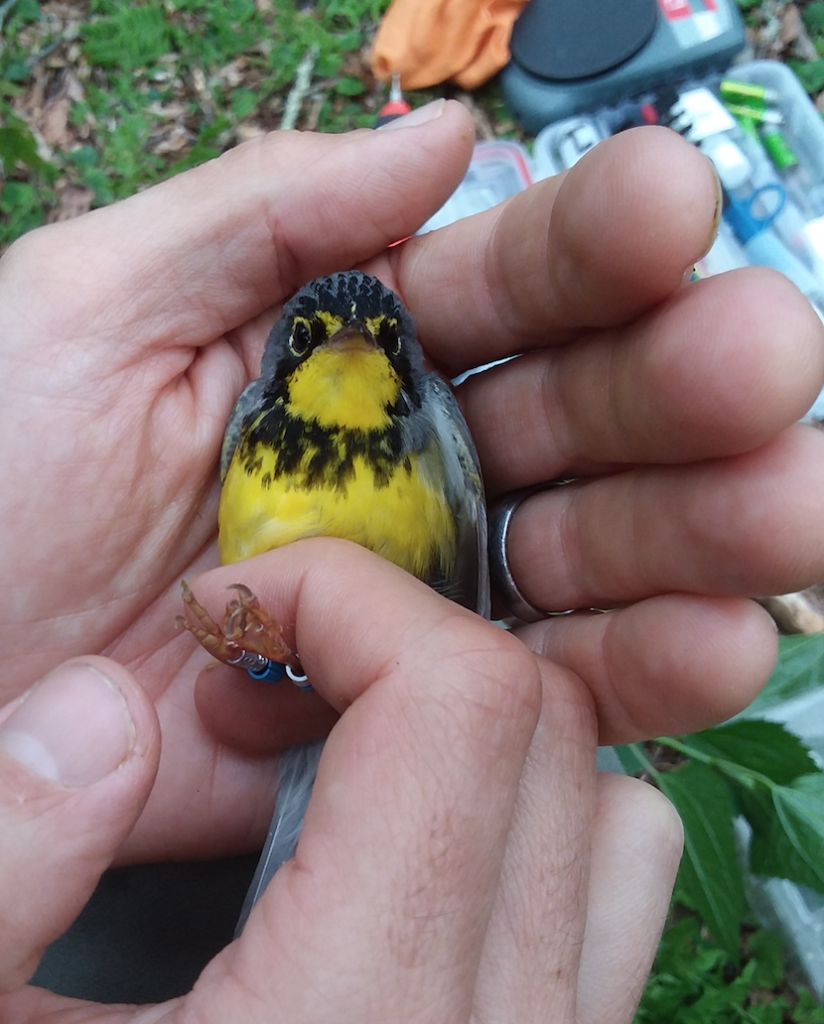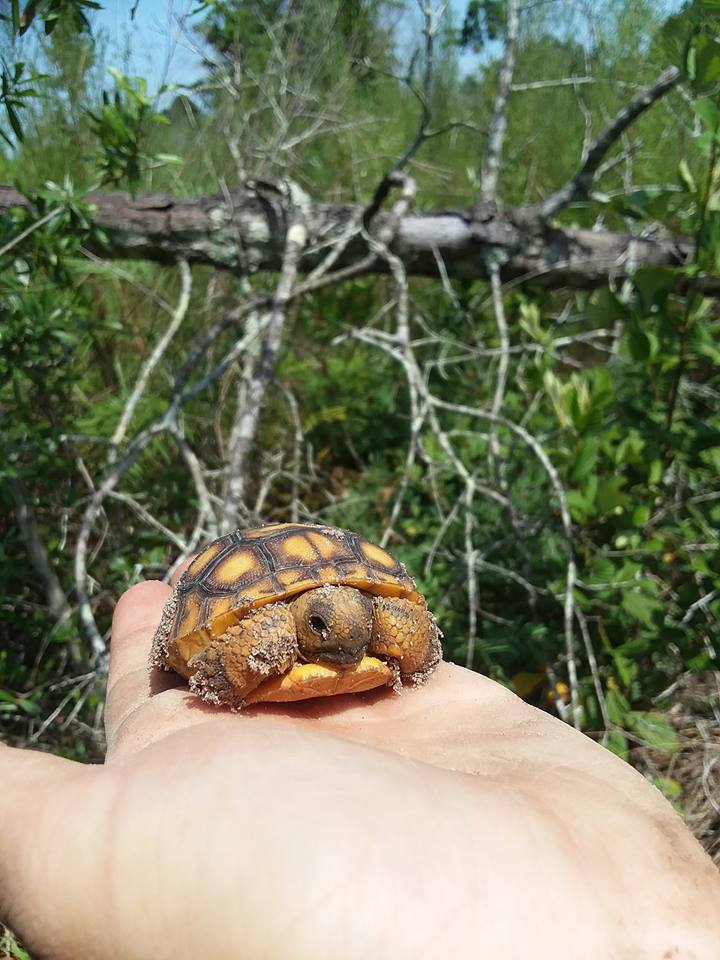
PhD work: My main focus for this degree is creating a general framework for spatially-explicit individual based models! We hope to use this model to understand the dynamics of songbirds at the edge of their climate ranges both now and in the future.
Current chapter – Modeling Species Interaction Using Spatial Capture Recapture. Patterns of species co-occurrence are often important for understanding species-level processes such as species diversity, population dynamics or niche overlap. Using co-occurrence data to Infer the relative roles of habitat characteristics and interspecific competition on species distributions can be difficult because competition arises as an individual-level process that can occur at fine spatial scales. To quantify the drivers of species co-occurrence, we present a two-species spatial capture-recapture model that includes a Markov point process in which an individual’s location is dependent upon both landscape level covariates and the locations of individuals of other species. We applied the model to data on two ecologically similar songbird species – Hooded Warbler and Black-throated Blue Warbler – that segregate over a climate gradient in the Appalachian Mountains of North Carolina. In spite of many ecological similarities between the two species, we found minimal evidence of competition between the Hooded Warbler and Black-throated Blue Warbler at our study sites. Rather, spatial variation in density of the two species was much better explained by climate variables. Unlike previous statistical models that attempt to infer competition from species-level co-occurrence data, our framework allows for inference at the individual-level and can be used to assess the spatial scale of biotic interactions.

MS work: Gopher tortoise (Gopherus polyphemus) populations are declining range-wide and accurate abundance and demographic estimates are needed for proper management of the species. I developed a series of Bayesian hierarchical models to estimate the density and size demography of gopher tortoise populations while accounting for size bias against smaller individuals. In conjunction with the estimation models, I designed a survey to incorporate randomly located double-sampling blocks and systematic vegetation measurements into the standard distance sampling methodology to better account for sources of variability known to affect detection of all tortoises. My results suggest that my hierarchical models and double-sampling survey method may increase the accuracy and precision of both density point estimates and the underlying burrow size distribution estimates of gopher tortoise populations.
